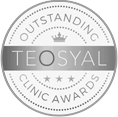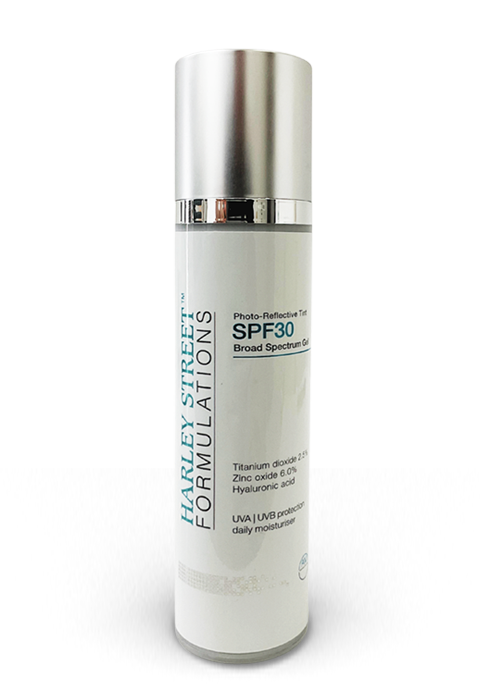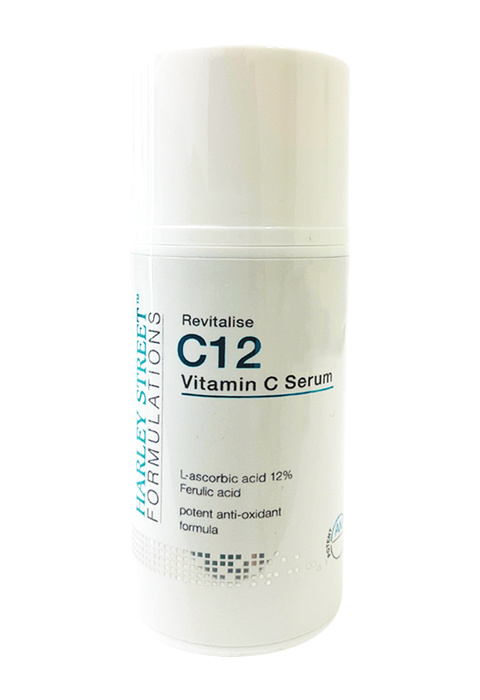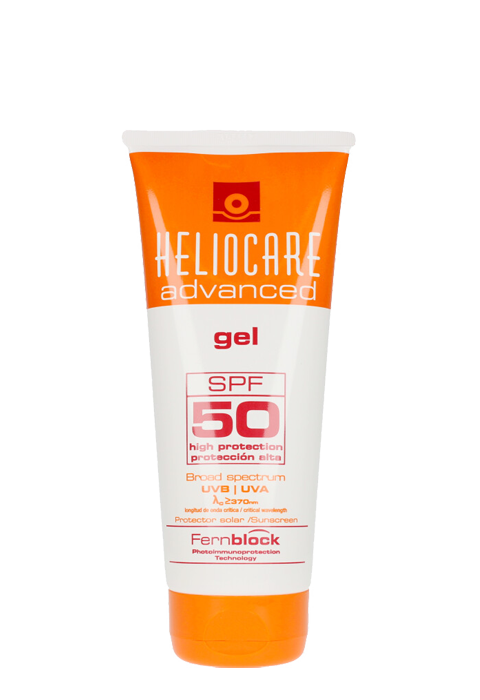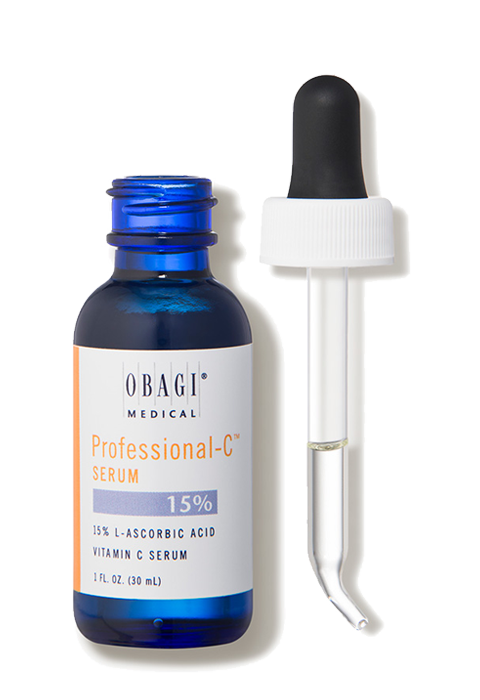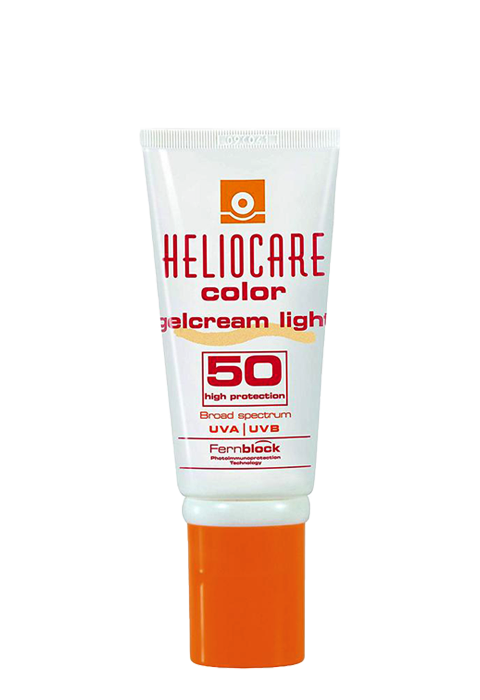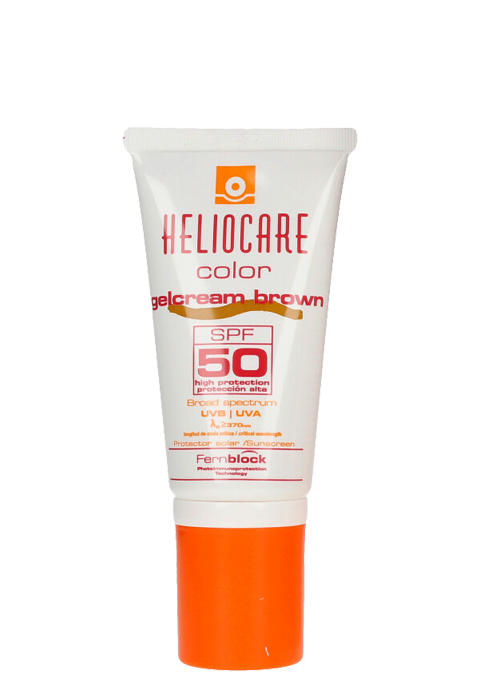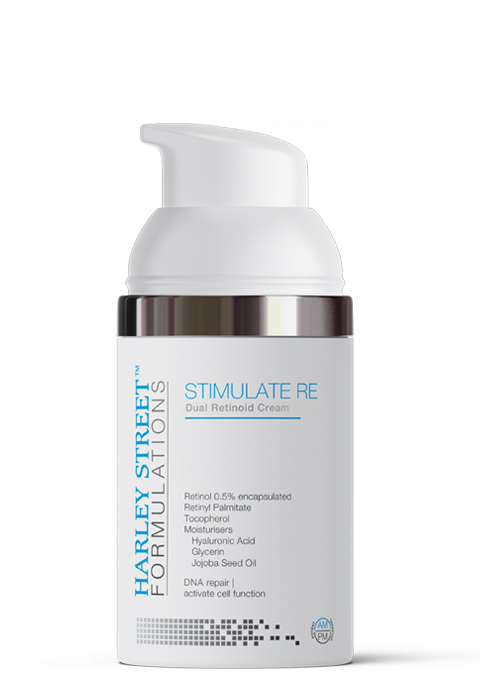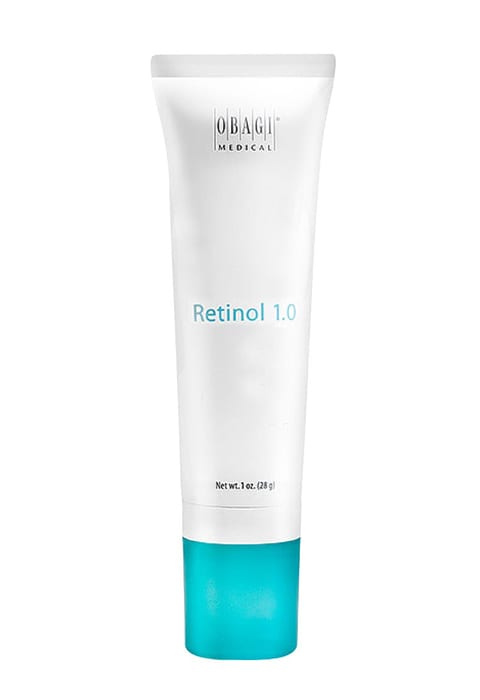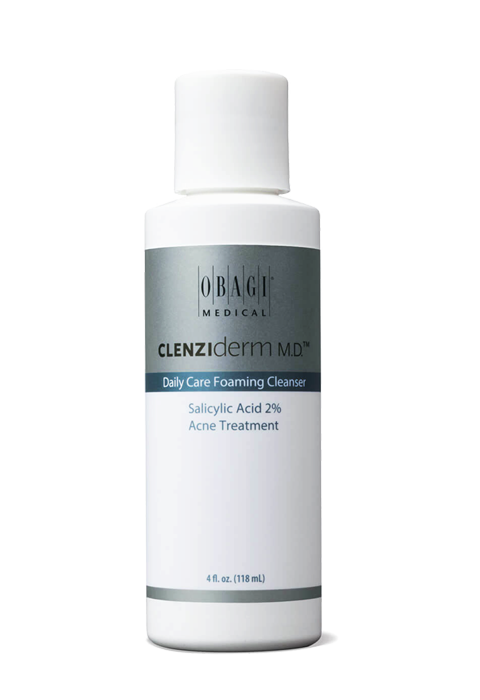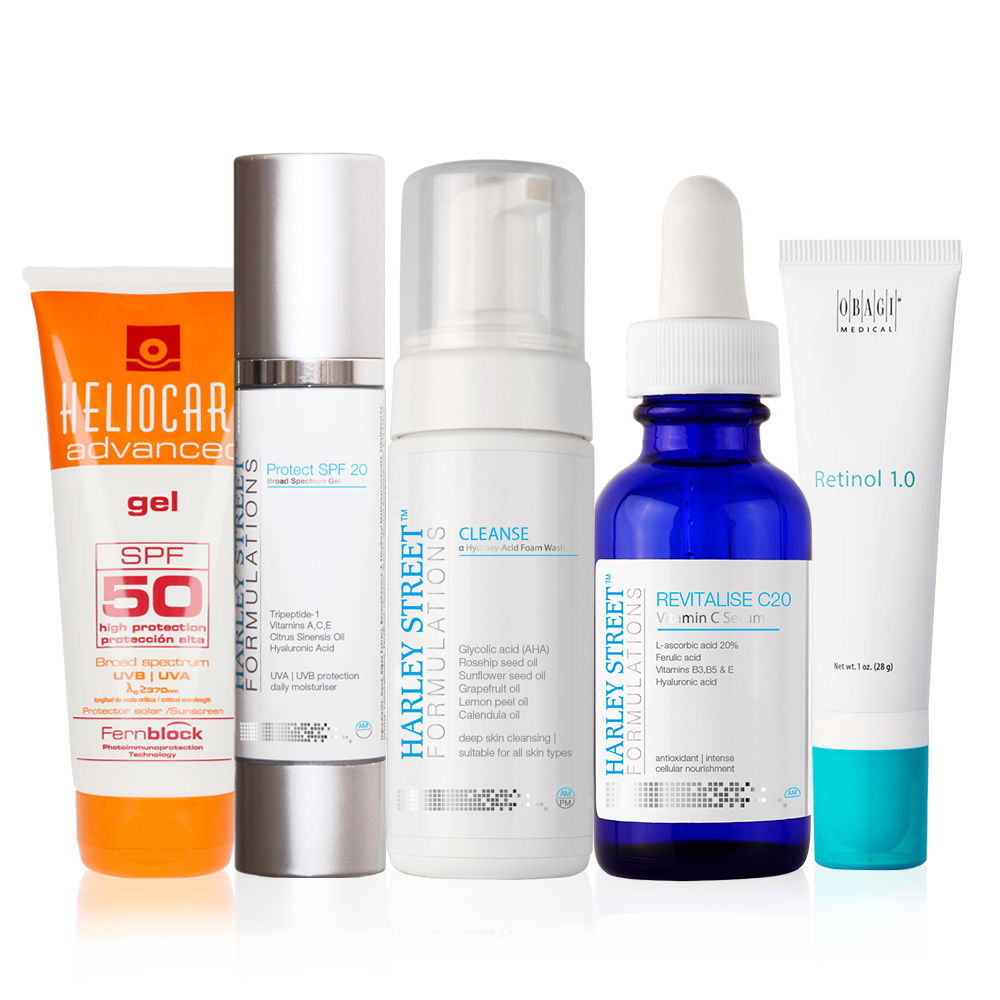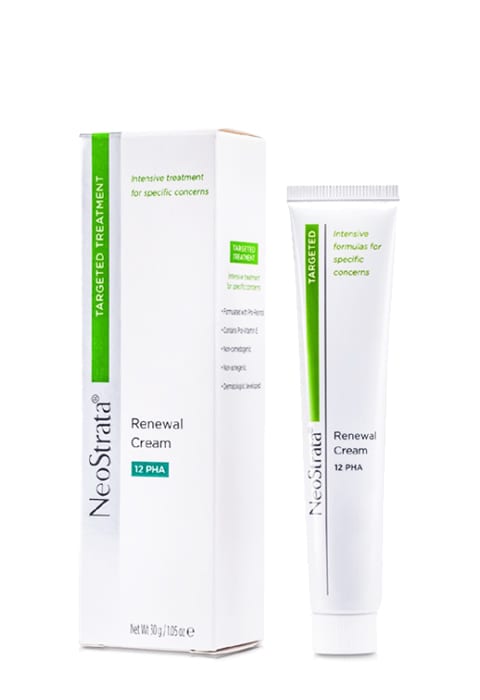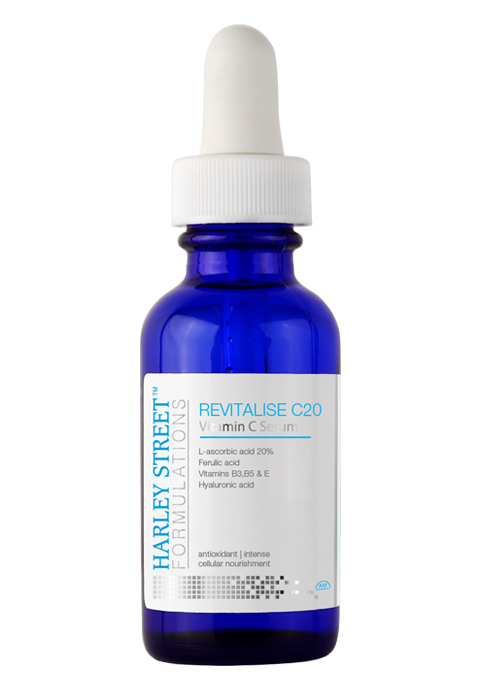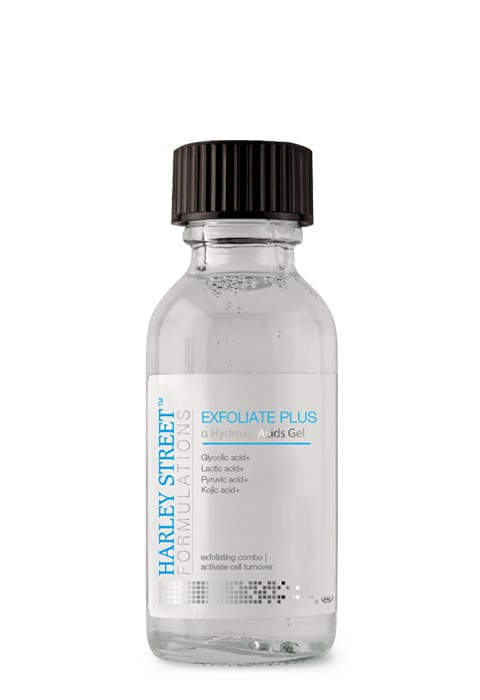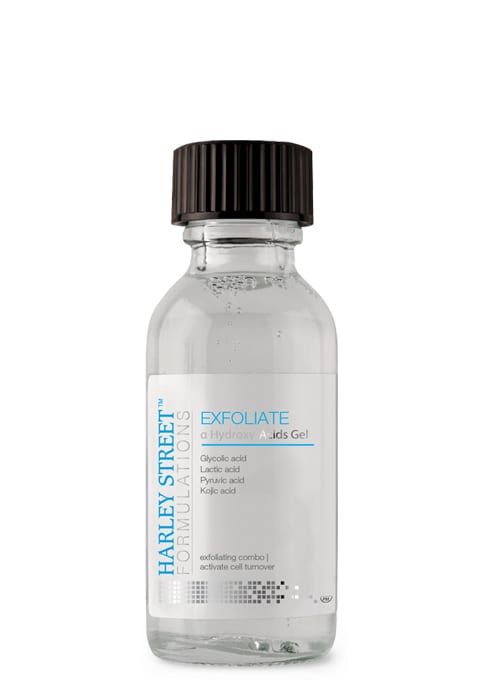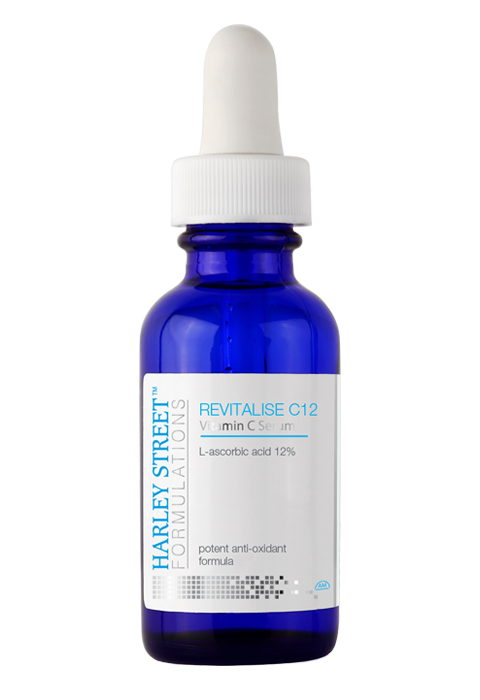How To Treat Hyper-Pigmentation
When part of the skin has a denser colour than the surrounding area, it can be a constant source of stress, and getting rid of these hyperpigmented patches can be easy or frustrating, depending on the cause. This article focuses on the treatment of this disorder, which is due to melanin issues. There are three approaches to this treatment. These are:
1- What you can do at home yourself.
2- The treatments that a clinic can recommend.
3- What step(s) need to be taken in the treatment to control the formation of melanin.
Your participation and commitment to the treatment is important in all of these scenarios, if the best results are to be achieved.
The treatment’s aims
The aim is to remove/eliminate the dark areas and return your skin to its former glory. This can be done in a number of ways. If needs be, a cosmetologist can use more than one technique to achieve superior results.
The different options for treating hyperpigmented skin include:
- Slowing down the production of melanin
- Getting rid of already synthesised melanin through chemical or mechanical methods
- Stopping the release of melanin from melanosomes
All of these steps aim to brighten the skin or reduce irregular melanin production. This process is also referred to as skin lightening. The term skin whitening is also used by the manufacturers of products in areas where people are not generally white, while in medical circles, the term skin bleaching is used. This isa term rarely used in the cosmetic industry.
Treating hyperpigmentation by slowing down melanin production
Many products are used for this purpose. More often than not, different ingredients are used in the same cosmetic product to affect melanin at different levels of its synthesis and action. Skin brightening skin products can be grouped into a number of different broad categories.
Skin Brighteners
Hydroquinone
This is the most effective skin-lightening agent. In the US, it is a legal product for this purpose. There are different strengths and preparations below a concentration of 2% can be purchased over the counter, but preparations above 2% can be bought by prescription only.
In Canada and some European countries, its use is more tightly controlled and the skin specialists’ fraternity is divided on the safety of its use. Some of the raised include:
- Skin irritation can be caused in concentrations above 2% –these should be used under a physician’s supervision
- The possibility of premature cell death – cytotoxic
- It can cause a serious form of skin hyperpigmentation or hypopigmentation called ochronosis
- It can cause skin sensitivity to light
- Pigmentation can recur after stopping the treatment
- Some users develop dermatitis after its use
HQ is one of the oldest drugs and probably still the most popular. Only glutathione, which is formulated in high strengths in peels, has had comparable results.
Mequinol
This is an ether of hydroquinone that is usually used in combination with tretinoin (all-trans retinoic acid or ATRA). According to drugs.com, the exact mode of action of this combination is not well understood. In the US, mequinol is only available by prescription.
Pregnant women or those planning to become pregnant are advised to avoid mequinol.
Other chemicals used in hyperpigmentation disorders include:
- Glucosamine
- Retinoids –there are various forms of this, all related to vitamin A
- Niacinamide
- Vitamin C & glutathione – these are the most well-studied antioxidants that limit free radicals in the skin and inhibit melanin synthesis pathways. Melanogenesis is a complex process of oxidative stages and these antioxidants are useful in combatting excess melanin.
Skin brightening agents derived from plants
These products work in a way that is similar to hydroquinone. A few include kojic acid, which is sourced from certain mushrooms that include aspergillus oryzae. Another product in this category is arbutin.
More on Kojic Acid
Although this is a naturally derived exfoliant, its use is comparable to that of hydroquinone at concentrations of 1-4%. It can potentially cause skin irritation and sensitization and can also lead to more skin lightening than the user intended. Kojic acid is also considered to be among the true tyrosinase inhibitors.
Some countries, including Switzerland, have banned its use in cosmetic products.
Arbutin is a glycoside that is extracted from the bearberry plant that works by inhibiting tyrosinase. This, in effect, stops the synthesis of melanin. It is converted to hydroquinone in the skin but the overall effect is milder. It is commonly placed in many products instead of hydroquinone in order to get around new EU regulations.
Arbutin can be extracted from other plants, including cranberry, mulberry and blueberry. The other plant and synthetic sources include:
- Liquorice root extracts, such as glabridin
- Ladies mantle extracts (Alchemilla Vulgaris)
- Pine bark extracts, including pycnogel
- Peppermint extracts
- Cucumber extracts
- Gypsyweed extracts
- Indian gooseberry
- Willow herb
- Oligopeptide-68 – an encapsulated peptide that mimics the signal of tyrosinase enzyme to reduce the signalling proteins that activate melanin
- Melanostatine®-5:a skin-brightening peptide that inhibits the alpha-melanocyte-stimulating hormone (MSH) by reducing the hormonal signal to the melanocytes
Exfoliation in hyperpigmentation treatment
This involves the removal of the oldest layers of the skin, which are soaked with melanin. Exfoliating treatments increase the turnover of the skin and may also help to regulate and balance the production of melanin. Common agents include:
- Lactic acid, which has antimicrobial properties and inhibits tyrosinase production
- Glycolic acid
- Malic acid, azelaic acid and salicylic acid
- Trichloroacetic acid
- Alpha hydroxyl acid (AHA) – this increases the shedding of cells, which promotes the appearance of new skin in the process
- Beta hydroxyl acid (BHA)
- Phytic acid interferes with the synthesis of melanin (melanogenesis)
- Citric acid
- Bromelain (from pineapples, which contains a number of enzymes from the stem and juice)
- Papain or papaya proteinase (from papaya) is an enzyme that remains stable under a wide range of conditions
Vinotherapy is a new exfoliating method used in Europe where wine-making residue is used to exfoliate.
The trend and new natural skin lightening ingredients
The search for safe skin-brightening agents is an ongoing effort in research circles. They are seeking ingredients that will:
- Inhibit tyrosinase mRNA transcription.
- Inhibit nitric oxide (NO) signalling pathways
- Use melanosomes that regulate natural agents
- Use autophagy, which involves both cell degradation and melanin degradation
Some of the plants targeted for these ingredients include:
– Strawberry begona, red algae, brown algae, giant fennel, watercress, yellow dock, Chinese sage and flavonol plant derivatives
The Latin names of this ingredients are usually listed on the cosmetics product, so it may require a bit of research to understand what plant they are referring to.
Device-based treatment for deeper melasma
- Short or long wave laser therapy
- Blue light photodynamic therapy
- Fractional photothermolysis
- Neodymium-doped yttrium garnet laser (Nd:YAG)
How to achieve the best results with hyperpigmented skin treatment
There is no one cure-all approach. Several ingredients work better than a single one. This approach may also help to avoid the use of high concentrations of a single ingredient. When this approach is used, it targets the various stages of melanin synthesis and degradation. Certain types of melasma can be controlled easier than other, but there is no long-lasting cure.
How do you determine the best products to use?
Before using any skin product for skin hyperpigmentation, consider the following.
- What type of hyperpigmentation is it? Some types need a specialist’s attention. Consider whether you can solve the problem on your own, or if you will need an expert cosmetician’s opinion or need to be seen by a dermatologist.
- What could be the underlying cause of the hyperpigmentation?
- What is your skin type?
- Have you had any allergic skin reactions after using any cosmetic product?
- For ladies, it is advisable to consult your doctor if you are pregnant or planning to have a baby.
After considering all of these things, look for products that will address your specific problem. For example, if the problem affects only a small part of the skin, use a product that will only target that spot.
In addition, look for a product that has an anti-inflammatory ingredient in it, such as liquorice, and an exfoliating agent, but be careful if you have sensitive skin. Some exfoliating agents can cause inflammation and skin spots that can make the situation worse.
Antioxidants like L-Ascorbic acid (vitamin C) and vitamin A (retinoids – retinol, retinoic acid) are also good anti-ageing products.Incorporate these into your schedule to achieve the best results, as they reduce free radicals in the skin, like those formed due to UV sunrays, which initiate melanogenesis.
Always be vigilant and notice if the product you are using has any undesirable effects. If they do, stop using it immediately and seek professional help. Hyperpigmentation treatment interferes with the skin’s protective properties against sun damage, so always take precautions against UV rays damage, such as wearing sunscreen and a wide-brimmed hat.
The treatment’s duration depends on the level of the skin where hyperpigmentation occurs. The deeper it is, the longer it will take to treat. Problems that are very deep in the skin may require laser therapy.
References
- PORTA, E. A. (2002), ‘Pigments in Aging: An Overview.’ Annals of the New York Academy of Sciences, 959: 57–65. doi:10.1111/j.1749-6632.2002.tb02083.x
- Kang, H.S.; Kim, H.R.; Byun, D.S.; Son, B.W.; Nam, T.J.; Choi, J.S. ‘Tyrosinase inhibitors isolated from the edible brown alga Ecklonia stolonifera.’ Arch. Pharm. Res. 2004, 27, 1226–1232.
- Kerdudo, A.; Burger, P.; Merck, F.; Dingas, A.; Rolland, Y.; Michel, T.; Fernandez, X. ‘Development of a natural ingredient – Natural preservative: A case study.’ C. R. Chim. 2016, 19, 1077–1089.





